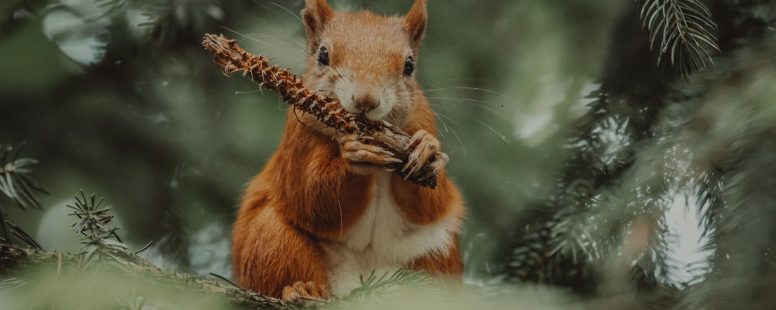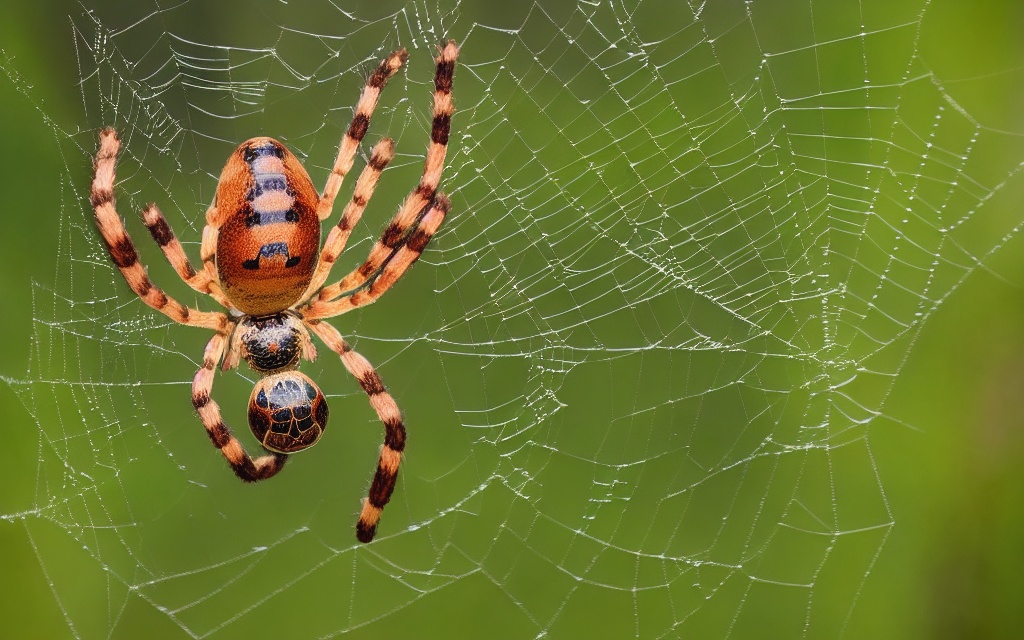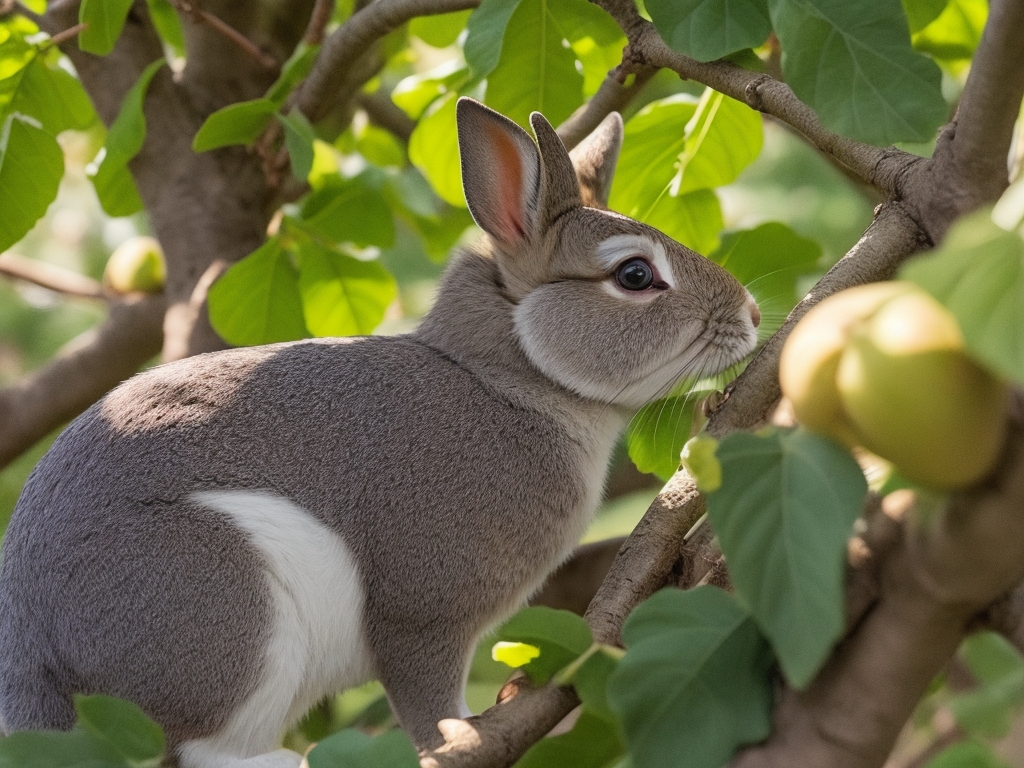Do Hawks Prey on Squirrels? Unveiling the Hunt Dynamics
You’ve spotted hawks circling the skies, their keen eyes locked onto the ground. It’s no secret that these birds of prey are on the hunt, but what’s on their menu? Squirrels, those bushy-tailed acrobats of your backyard, might just be the main course.
In this article, you’ll dive into the predatory world of hawks and discover just how these raptors interact with squirrels. Get ready to uncover the dynamics of nature’s food chain and learn if squirrels need to watch their fluffy tails.
The World of Hawks and Squirrels
Hawks soar as elite predators in the wild. With their keen eyesight, they spot potential meals from great heights. Squirrels, often unaware of the silent danger overhead, become easy targets during their daily search for food. It’s crucial for squirrels to remain vigilant, especially in areas where hawks are known to hunt.
Hawk species like the Red-tailed and Cooper’s Hawk have adapted their hunting techniques to capitalize on squirrels. These birds of prey use speed and surprise to their advantage, swooping down at an unsuspecting squirrel with remarkable precision. Your own backyard could be the stage for this life and death struggle.
The relationship between hawks and squirrels isn’t one-sided, though. Squirrels are agile and quick, with a Survival Instinct that shouldn’t be underestimated. They employ evasive maneuvers such as quick, erratic movements and darting to cover to escape predators. Observing these chases, you get a real-time glimpse into the complexity of nature’s food chains.
When exploring their connection, it’s evident that hawk and squirrel populations influence each other. An abundance of squirrels could lead to an increase in hawk sightings as they flock to areas with plentiful food sources. The reverse is also true—fewer squirrels mean hawks may look elsewhere for sustenance.
Understanding this dynamic is vital for wildlife enthusiasts and anyone interested in maintaining a balanced ecosystem. Here are some factors that impact both species:
- Habitat: Both hawks and squirrels need trees for nesting and food.
- Predation: Hawks help control squirrel numbers, preventing overpopulation.
- Seasons: Squirrel activity varies with the seasons, affecting hawk hunting habits.
By recognizing these aspects, you’re better equipped to appreciate the interactions in your local environment. Keep an eye to the sky and the trees—you might catch a live-action display of this predator-prey relationship.
Understanding Hawks as Predators
When you delve into the world of hawks, it’s essential to grasp their role as natural predators. These birds of prey are not just important; they’re integral to controlling the rodent and small mammal populations, including squirrels. Hawks have keen eyesight, some of the best in the bird kingdom, allowing them to spot potential meals from great heights. This sharp vision is crucial for hunting, enabling hawks to swoop down on unsuspecting prey with precision.
Equipped with powerful talons, hawks are built to snatch up squirrels with remarkable efficiency. Their hunting strategy involves a mix of patience and power. Often perched silently in a high spot, they watch quietly before launching into a high-speed dive, known as a stoop, to capture their prey. When a hawk spots a squirrel, it’s the element of surprise that often ensures a successful hunt.
Moreover, the presence of hawks in an area can directly affect squirrel behavior. Squirrels may change their foraging habits or use more complex routes to avoid detection. Yet, it’s not always a one-sided game; squirrels possess their own survival tactics. From dodging into burrows to high-speed chases among the trees, squirrels are masters of evasion.
The dynamic between hawks and their prey is a fascinating dance of life and survival. It’s a testament to the intricate balance of ecosystems where every species has a role. By observing how hawks hunt and interact with squirrels, you gain insight into the delicate balance of predator and prey relationships. Understanding these interactions is vital for anyone interested in wildlife and the principles that govern natural food chains.
A Closer Look at Squirrels
Squirrels are more than just backyard critters; they serve as a vital part of the ecosystem. Eastern gray squirrels and fox squirrels are the most common types you might spot darting across your lawn or navigating the treetops with incredible agility. These small mammals are crucial for forest regeneration as they inadvertently plant seeds and nuts that grow into new plants and trees.
Understanding the anatomy of squirrels helps explain why they’re such a common target for hawks. These rodents boast rapid reflexes and have a flexible body structure, allowing them to perform astonishing feats of acrobatics to escape predators. Their sharp claws and strong hind legs give them an edge in climbing and leaping through their arboreal homes. Moreover, squirrels have an excellent sense of vision which they use to spot potential danger from afar.
Their activity patterns also play a role in their vulnerability to hawks. Squirrels are primarily diurnal, meaning they’re most active during the day, particularly in the morning and late afternoon. This overlaps with the hunting times of many hawk species, putting squirrels right in the path of these predatory birds.
Squirrels have a varied diet that helps them maintain their energy for high-speed chases and daring escapes. They feast on a mix of nuts, fruits, seeds, and sometimes even small insects giving them the nutrition required to sustain their active lifestyle. But it’s not just their speed and diet that make them noteworthy; it’s their complex survival strategies. They use a combination of zigzag motions and misleading patterns to throw predators off their tracks.
You’ll often see squirrels engaging in what seems to be playful activities. But these actions are part of their survival toolkit. For example, a squirrel’s seemingly erratic jumping may actually be a tactic to confuse hawks and other predators, making it harder to predict their next move. It’s a testament to their adaptability and instinct for survival in a world where they’re constantly under threat from above.
By understanding these furry creatures’ behaviors and traits, you start to appreciate the intricacies of their daily struggle for survival and the role they play in the larger web of life.
Do Hawks Really Eat Squirrels?
Have you ever spotted a hawk circling above and wondered if squirrels are on its lunch menu? The answer is a definite yes. Hawks are birds of prey, and squirrels form a significant part of their diet. Their sharp talons and keen eyesight make them lethal hunters capable of snatching a squirrel with precision.
Squirrels, despite their agility and speed, often fall victim to these aerial predators. A hawk’s diet is diverse, but squirrels are a favored prey due to their size and availability. In forested areas and urban parks, you might witness hawks perched on high vantage points, scouting for unsuspecting squirrels.
What does this mean for our bushy-tailed friends? Survival in the wild is a game of stealth and speed. Squirrels are constantly on the move, foraging for food and dodging predators. They’re equipped with a set of survival skills, but against a hawk’s prowess, they’re not always successful.
When a hawk locks onto a target, their approach is swift and decisive. They exploit their powerful vision to track every twitch and leap of a squirrel. If the hawk succeeds, the squirrel serves as a nourishing meal, contributing to the hawk’s strength and health. This predator-prey relationship is a prime example of nature’s balance, where the hawk controls the squirrel population and in turn supports the ecosystem.
Understanding the behaviors of hawks and squirrels offers insights into the complex interactions that define our natural world. Observing these creatures in action can be a compelling experience, revealing the raw beauty of survival in the animal kingdom. Whether you’re a nature enthusiast or simply curious, the dynamics between hawks and squirrels are undeniably fascinating.
The Interaction Between Hawks and Squirrels
In the wild dance of predator and prey, hawks and squirrels exhibit a captivating dynamic. Hawks, apex predators in their environments, rely on their exceptional vision and lightning-fast speeds to catch a variety of prey, squirrels included. On the other side, squirrels are constantly on high alert, using their nimble movements and quick thinking to evade capture.
When the two animals cross paths, it’s a true test of agility and instinct. Squirrels make use of their three-dimensional playground, treetops, and branches, to put their acrobatic skills to work, dodging and weaving to stay one leap ahead of their raptor adversaries. They’re aware that a hawk’s strike can come bustling from the sky at any moment, and survival hinges on their keen senses and reaction time.
Interestingly, the presence of hawks can alter squirrel behavior significantly. Here’s how:
- Squirrels may decrease their activity during parts of the day when hawks are most active.
- They tend to avoid open spaces where they’re more vulnerable to aerial attacks.
- Squirrels often communicate among themselves with distinct calls when hawks are spotted.
This intricate game of cat and mouse—or rather, hawk and squirrel—dramatically illustrates the balance of ecosystems. For every skilled hunter, there’s a resourceful prey. It’s crucial to understand these interactions not just for the thrill of watching them unfold but for preserving the delicate equilibrium of nature.
Hawk species like the red-tailed hawk have a hunting strategy that’s as brutal as it is efficient. They soar high above or perch stealthily, conserving energy until they spot their unsuspecting target. At that moment, they dive-bomb at breakneck speeds, extending their talon-first to snag their squirrel prey. It’s the combination of their physical prowess and strategic hunting that cements their place atop the food chain.
By peeking into the life-and-death encounters between hawks and squirrels, you gain insight into the complexity of predator-prey interactions. Understanding these moments augments your appreciation for the raw beauty and harsh realities of the natural world.
Conclusion
You’ve delved into the dynamic between hawks and squirrels, uncovering the reality of nature’s food chain. Hawks, with their aerial prowess and razor-sharp talons, are formidable predators to the swift and alert squirrels. This interaction is a testament to the adaptability and survival instincts of both creatures. As you observe these natural occurrences, you gain a deeper respect for the balance of ecosystems. Remember, the next time you spot a hawk circling above, there’s a good chance it’s on the hunt, playing its role in the circle of life.
- Top Handmade Backyard Decorations for Holidays: Creative DIY Ideas to Brighten Your Outdoors - October 8, 2025
- Creating Stepping Stones with Kids: A Fun Backyard Project for Family Bonding and Creativity - October 8, 2025
- When Is Honey Harvesting Season in the US? A Complete Guide for Beekeepers - October 8, 2025




